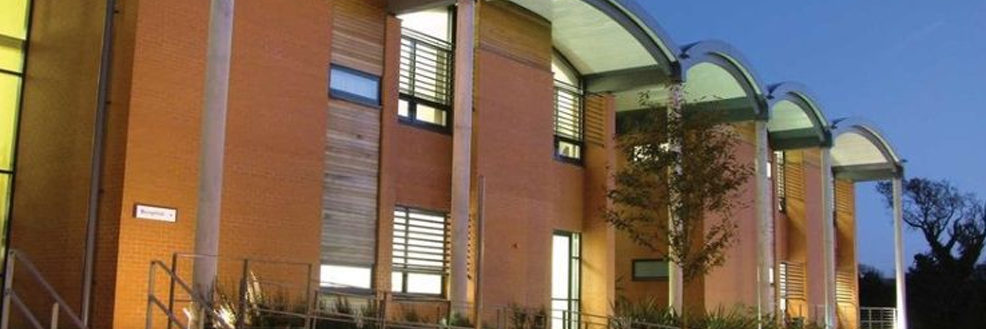
John Githongo, CEO of Inuka Kenya and a prominent figure in the global anti-corruption movement, explains how the nature and definition of corruption have changed over the past two decades. He examines the intersection between complex financial transactions, professional enablers and unaccountable tech companies and warns that these ingredients allied to the Covid-19 crisis create long-term corruption risks
I have been involved in anti-corruption work in media, government, the academy, civil society and the private sector for 23 years. I have watched the topology of graft change over this time. By the time Transparency International was founded in the early 1990s corruption in the public sector was a particular focus especially vis-à-vis its impact on development, democracy and a free and open society generally. This was driven largely by the fall of the Berlin Wall in 1989 and the fact that of some of the essential political tools of Cold War political competition and leadership were essentially redesignated as ‘corruption’. Dictators across the world complained about this dramatic shifting of the goal posts by their allies and patrons in the West. A wave of democratic reform swept across Africa and Latin America in particular. Anti-corruption was an essential part of the reform package. For a while the interests of billions of citizens in developing countries coincided with the liberal democracy promotion efforts of the West as the Soviet Union fell apart and China started its rise.
Three decades later I have come to believe that ‘corruption’ has changed dramatically. This change has been driven first by the scale of financialisation of the global economy that globalisation forged, and the intersection of this financialisation with digital technology. Secondly, the nature of corruption, crime and other illicit networks of principal actors in corrupt transactions has also been transformed. This transformation has outstripped the capacity of governments to keep pace with it – to oversee and regulate its assorted permutations. The traditional private sector that makes and sells things, the political class, bureaucracy and security services were essential components of corruption networks from the 1950s through to the early 1990s. By the mid-1990s globalisation and deregulation meant that the service and technology sectors were far more central to corruption networks than ever previously contemplated. Technology acted and continues to act as an accelerator of the changes.
Once commonly viewed as corruption ‘enablers’, the banking; accounting and audit; law; big tech companies; and, other service sector players had become far more essential to the corruption reality – their transactional infrastructure increasingly central to the design of complex illicit endeavours in the hyper-financialised era. By 2010 it had become clear, for example, that the profound concentration of these actors in a few tax havens had caused trillions of dollars and the dealings that underlay them, to be lifted away from the effective oversight of nation-states. As entire chunks of the work lawyers and auditors once did have been rendered redundant by technology these professions have increasingly morphed into highly specialised ‘advisors’ to finance. This has nuanced the definition of corruption from being the ‘abuse of vested authority for private gain’ to also being ‘the illegitimate transfer of economic surpluses from those without power to the few who wield it’.
Prior to the current COVID-19 economic disruption UNCTAD warned late last year that the threat of recession had been attenuated by ‘excessive financialisation’ of a fragile global economy. It called for a ‘new approach that would boost public investment with an eye to averting environmental breakdown and promote wage led growth in place of finance-led growth.’ By 2017, total developing country debt had reached its highest level on record at 190 percent of GDP, most of it private sector debt which has risen from 79 percent of GDP to 139 percent of GDP in 2017 . An April 2020 blog by Homi Kharas for the Brookings Institution argued that “Emerging markets and developing countries have about $11 trillion in external debt and about $3.9 trillion in debt service due in 2020. Of this, about $3.5 trillion is for principal repayments. Around $1 trillion is debt service due on medium- and long-term (MLT) debt, while the remainder is short-term debt, much of which is normal trade finance.” Needless to say some of the egregious corruption scandals in the developing world over the past decade have emerged out of the acquisition and theft of sovereign debt by corrupt elites in collaboration with the service sector in the West and Chinese state owned entities. This will likely continue and accelerate in the coming months as a result of the COVID-19 pandemic.
The first 20 years of anti-corruption research and advocacy saw considerable discussion of a national integrity system based very much on an institutional, legal and civic infrastructure informed by the value of transparency as a public good in a society that aspires to openness and equity. We’ve gone from advocating national integrity systems to realising that integrity cannot be digitised. Everyone from tax dodgers, the titans of digital technology whose business model does not anticipate great oversight and accountability because it is changing quicker than lawmakers can keep up with; the corrupt, organised crime, drug traffickers etc – are combining to change the rules of the game so that you don’t have to steal when global public relations, lobbying, legal, management consultancy, audit firms together form a bulwark with the power to amend the law so your unethical behaviour does not offend it.
Much corruption has effectively been legalised by the transfer of such a huge proportion of the transactions of financial intermediation being digitised. In South Africa, the term for this repurposing of governance institutions to serve private interests is state capture. In truth, its morbid symptoms in a variety of countries have been exposed by the media and data leaks with increasing frequency over the last 15 years. The Panama Papers, Paradise Papers, Malaysia’s IMDB scandal that cost US$4 billion, the 2014 scandal that led Ukraine’s President Victor Yanukovych to flee to Russia are examples. So is the fate of assorted Eurobond borrowing in a whole raft of developing countries where huge sums borrowed have been predated upon by venal elites confident that using sovereign bonds as instruments of theft in processes tightly managed by the financial services sector makes them immune to accountability.
The COVID-19 pandemic could be about to take this to the next level as digital solutions are proffered for education, commerce, manufacturing, even health and transport etc in an era where humans have temporarily become biohazards. The planet’s apex predator has bumped into a resilient viral opponent. Additionally, though a huge amount of money is about to be spent quickly saving economies from the devastating impact of the measures introduced to mitigate the pandemic. As is the case when massive responses are necessitated by major disasters this is often a recipe for ‘leakages’ caused by incompetence and outright corruption. The COVID-19 response will likely play out over a longer period making mitigation of these risks all the more urgent.


Great article, John, thanks!!